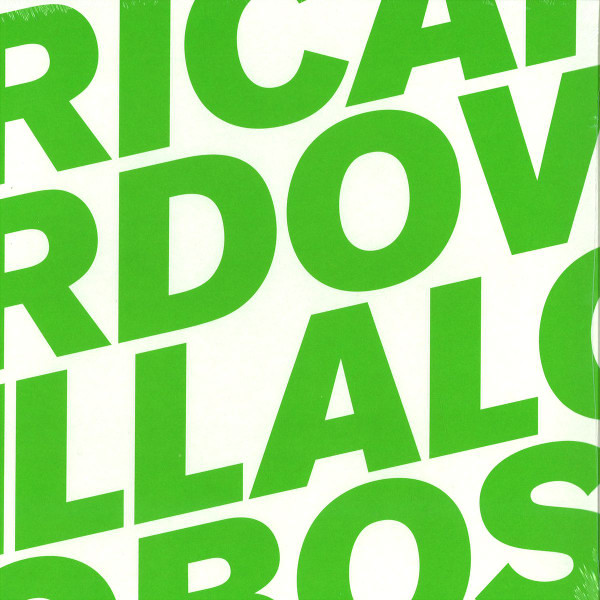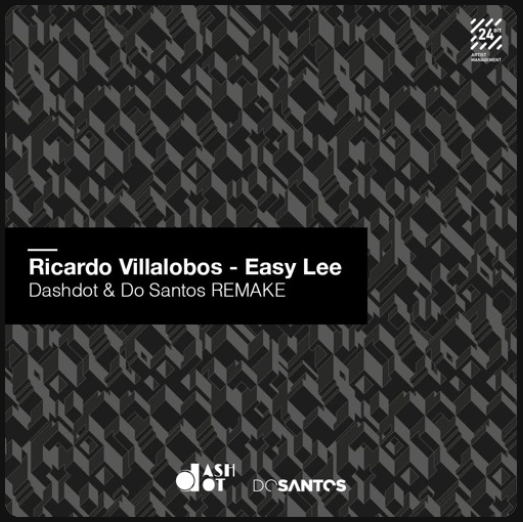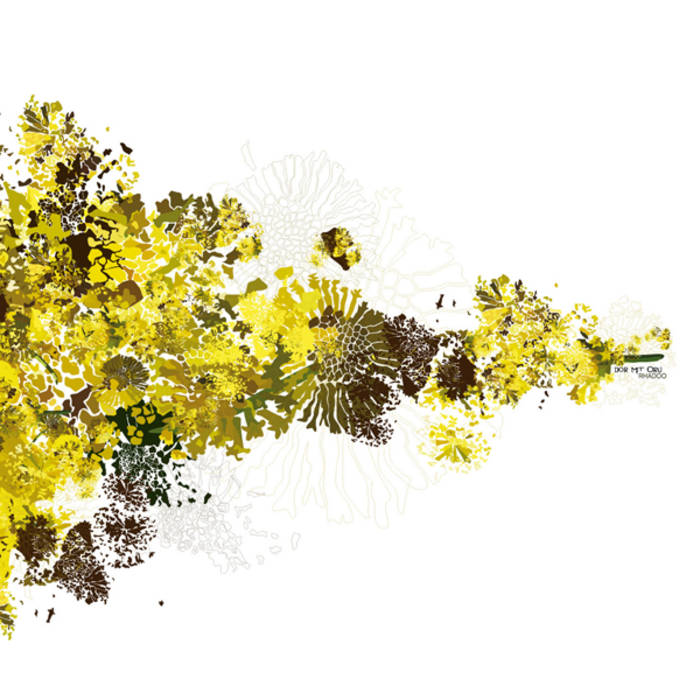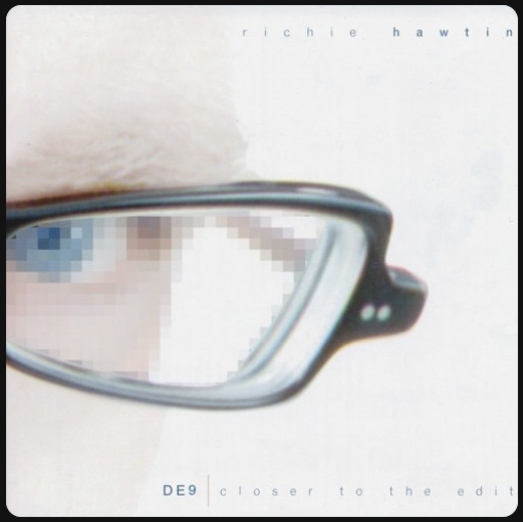
In a world of maximal drops, oversized productions, and sensory overload, Minimal House thrives by asking a different question: What happens when you strip things back to the essentials?
Emerging in the late 1990s and early 2000s as a leaner cousin of house and techno, minimal house turned the dancefloor into a space of restraint, hypnotic groove, and understated sophistication. Today, it continues to inspire both underground producers and global festival crowds, proving that sometimes, less is more.
Origins of Minimal House
Minimal house grew from the minimal techno movement of the early ’90s, pioneered in cities like Detroit and Berlin. While minimal techno emphasized repetition and stark sound design, minimal house added a warmer, more soulful layer—groove-forward, deep, and subtly funky.
The genre found fertile ground in Berlin after the fall of the Wall, where a thriving underground club culture gave DJs space to experiment. Labels like Perlon, Playhouse, and Cadenza became synonymous with the sound.
Unlike the big-room house tracks designed to peak with drops, minimal house embraced long builds, deep basslines, and microscopic details—music designed not for a moment, but for an entire night.
Defining Sound
At its core, minimal house is built on:
- Stripped-down arrangements – fewer elements, more space.
- Deep, rolling basslines – hypnotic rather than explosive.
- Micro-samples and textures – glitches, clicks, pops, and subtle layers.
- Long tracks – extended mixes that unfold over time.
The idea is not to overwhelm but to immerse, pulling listeners into a flow state where every hi-hat shuffle or bass modulation feels monumental.
Key Artists of Minimal House
Minimal house has produced a wide roster of innovators and enduring names. Some of the most influential include:
- Ricardo Villalobos – The undisputed king of minimal, known for sprawling tracks like Easy Lee and marathon DJ sets that stretch past sunrise.
- Zip (Thomas Franzmann) – Head of Perlon Records, a label synonymous with minimal elegance.
- Luciano – Brought Latin flair into minimal house, fusing organic percussion with stripped-down grooves.
- Richie Hawtin (Plastikman) – Though rooted in minimal techno, his influence on minimal house aesthetics is undeniable.
- Rhadoo, Raresh, Petre Inspirescu – The Romanian trio (often called the [a:rpia:r] collective) pioneered the “Romanian minimal” wave, blending hypnotic house with experimental textures.
- Margaret Dygas & Sonja Moonear – Female pioneers pushing minimal into playful and psychedelic territories.
Essential Tracks and Albums
A genre as nuanced as minimal house resists simple playlists, but a few key works define its sound:
- Ricardo Villalobos – Easy Lee (Alcachofa, 2003)
- Luciano – Amelie on Ice (2004)
- Rhadoo – Dor Mit Oru (2010)
- Thomas Melchior – Different Places (2007)
- Richie Hawtin – Closer to the Edit (2001, compilation/live edits)
- Zip & Villalobos – Perlon label releases (endlessly collectible vinyl-only gems)
These tracks aren’t radio singles—they’re rituals for the dancefloor, often best experienced live in long DJ sets.
Minimal House Today
Far from being a relic of the early 2000s, minimal house continues to evolve. The Romanian scene has become globally influential, with festivals like Sunwaves (Romania) drawing pilgrims from around the world. Berlin’s clubs—Berghain/Panorama Bar, Club der Visionaere, Hoppetosse—still act as hubs for the sound.
Meanwhile, younger producers are pushing minimal’s boundaries by blending it with microhouse, deep tech, and even ambient influences. Digital platforms like Bandcamp have made once-obscure vinyl-only minimal tracks more accessible, spreading the genre beyond Europe to South America, Asia, and North America.
Why Minimal House Matters
Minimal house’s endurance comes from its focus on experience, not spectacle. It’s about building tension, exploring detail, and losing yourself in subtle shifts. Unlike EDM’s stadium-filling drops, minimal house asks for patience—and rewards it with trance-like immersion.
In today’s fast-paced culture, minimal house offers something radical: slowness, subtlety, and depth.
Final Thoughts
Minimal house is not just a genre—it’s a philosophy. It proves that dance music doesn’t need fireworks to move people; it just needs the right groove, stretched across hours, to open new mental and physical spaces.
Whether in a dark Berlin basement, on a Romanian beach at sunrise, or in headphones late at night, minimal house continues to thrive by doing what it does best: less—but better.
By Jenue,
writer and curator at Electronica Site, tracing the quiet pulse of modern electronic sound.



Questions, collabs, or just vibes? Hit us up
email: nica@electronica.site